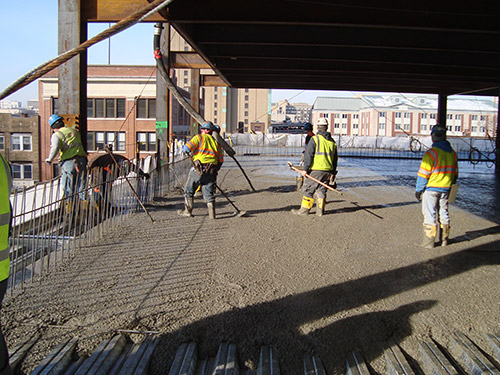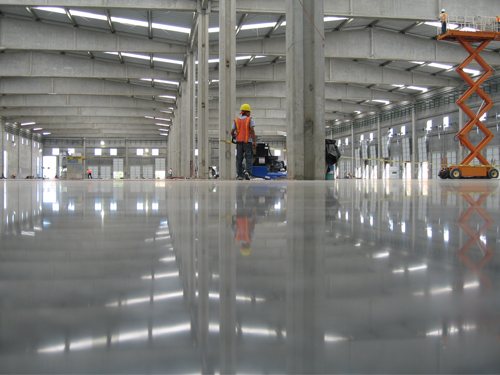
 |
Need Support? |
 Concrete
Top 5 Fibre-Reinforced Concrete FAQs
Concrete
Top 5 Fibre-Reinforced Concrete FAQs
Euclid Chemical has created a series of Technical Bulletins on a variety of topics related to the successful use of Fibre-Reinforced Concrete (FRC). These documents are provided to serve...
 Concrete, Fire Protection, Flooring, Sealants, Glazing and Façades, Waterproofing and Roofing, Infrastructure
Your Essential Guide To Protecting All Parts Of A Building Envelope
Concrete, Fire Protection, Flooring, Sealants, Glazing and Façades, Waterproofing and Roofing, Infrastructure
Your Essential Guide To Protecting All Parts Of A Building Envelope
Every building project is unique because the work is determined by the specifications, requirements, budget, and time. However, the goal is always the same...
 Concrete
Diagnosing 5 Common Concrete Sealer Problems
Concrete
Diagnosing 5 Common Concrete Sealer Problems
When a concrete sealer does not look or perform as expected, the cause can usually be traced back to over-application, application in...
